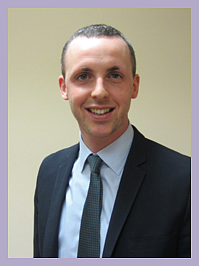 What is a good outcome?
What is a good outcome?
We’re two years into delivery of the Five Year Forward View, the document heralded as a blueprint for bridging the gaps in finance, quality and prevention. Chapter Two of that seminal document sets out a vision for a ‘new relationship with people and communities’…
But what does that actually mean?
The Realising the Value programme has spent 18 months seeking to turn those words into a more deliverable reality. It is an important body of work delivered by Nesta, the Health Foundation, National Voices, Regional Voices, NAVCA, Volunteering Matters and others.
The team behind the programme have examined the evidence for person- and community-centred approaches such as peer support and education for self-management. They have developed the approaches with sites across the country, and recently published an array of tools, guides and recommendations. It’s good stuff and there is pretty much something for everyone: from system level recommendations, to an economic modelling tool for commissioners and practical guides for service providers.
Together, all of these materials paint a very different picture of what ‘good’ looks like in health and care.
Currently we measure clinical outcomes, systems outcomes, and the immediate outcomes of a single service or treatment. If we are to re-focus services on the needs of people and communities, we need to also be looking at the outcomes of all of the services that support a person and measuring wider health and wellbeing impacts, such as quality of life, and people feeling in control and independent.
To put that into real-speak; if a person who has had what the NHS would consider a clinically successful knee operation discovered that they’re left unable to continue their favourite hobby of gardening (thus facing the prospect of also losing one of their few social connections through their gardening club), is that actually a good outcome for that person?
As health and care services develop new models of care, adopt place-based approaches, and work in new ways with new partners, they will need new outcomes by which to set their goals and measure their success. Because the aim is to integrate systems and services in a ‘place’, we need common and consensual outcomes that can be used by the health, social care, public health and voluntary and community sectors equally. Integration requires a shared vision and shared values and outcomes.
It is for this reason that one of the most important recommendations from the Realising the Value programme is the need for a new, shared and simplified outcomes framework focused on what matters to people.
At the Manchester launch event for Realising the Value, one anecdote summed up how far we have to go in recalibrating our concept of ‘value’ and what ‘good’ looks like in health and care. A presenter from Being Well Salford described how a charity health coach was the first person to ever ask him what he wanted, “The rest told me what they offered, mostly just meds.”
The new relationship with people and communities means refocusing health and care services to deliver what people actually want and need.
Andrew McCracken is Head of Communications at National Voices, the coalition of health and care charities.
@hellomccracken

